MCWCS
...
2007

"Happy Suit" Complete Set
....
Nomenclature
Primaloft
Description
The extreme cold weather parka and trouser overgarments and booties are designed for biouvac, rest and sentry activities in mountain conditions. The garments shall be lightweight and easily packed to a minimum volume to be carried among the variety of other mission essential gear.
History Summary
Canteens Wanted
Personal Gear Wanted
Anything Else
Other wanted Items
History
Parka Extreme Cold Weather
Large-Regular
NSN : 8415-01-555-1279
Trouser Extreme Cold Weather
Large-Regular
NSN : 8415-01-555-1341
Bootie Extreme Cold Weather
Large
NSN : 8415-01-555-3163
OR Firebrand Mittens w / liners
Large
Shell
NSN : 8415-01-555-4183
Liner
NSN : 8415-01-555-4031
This is a complete USMC Extreme Cold Weather Suit, "Happy Suit"
This set includes:
Extreme cold weather parka - large
Extreme cold weather trousers - large
Extreme cold weather booties - large
OR Firebrand Mittens w/ liners - large
Background: USMC adopted Extreme Cold Weather Clothing System (ECWCS) in 1985 to replace Korean War era Cold Weather (EW) Clothing. Over the last 20 years USMC made periodic low risk product changes to improve material performance of selected layers with only minor design changes. Recent conflicts have identified needs to provide our Marines with better “Systemized” equipment and clothing.
Fastened with a zipper, which is covered with a storm panel (closed with Velcro). The parka had 4 huge pockets, fastened with a button (the same pattern as in the 94 Pattern jackets). Velcro adjustable cuffs, and the edge itself was trimmed with a ribbon to prevent the sleeve from tearing / fraying. The jacket also had a "diaper" fastened with buttons at the front (when not in use, it was hidden inside the jacket). On warmer days, the soldier could detach the lining.
The parka has two epaulets on the shoulders (fastened with buttons) and reinforcements on the elbows, typical of those times. The camouflage used is 68 Pattern; the material did not have windproof or waterproof properties, but it fulfilled its basic task - it provided warmth. The parka was not suitable for patrol or combat, as a soldier would instantly overheat; but it is perfect for guarding or wearing in barracks.
Requirement: USMC Cold Weather ORD NO LOG 42.4 w/chg 1, 2, 3 Description: USMC requires an Extreme Cold Weather (ECW) parka and trouser over garments and booties for bivouac, rest and sentry activities in mountain conditions. The garments are lightweight and easily packed to a minimum volume to be carried among the variety of other mission essential gear.
Background: USMC adopted Extreme Cold Weather Clothing System (ECWCS) in 1985 to replace Korean War era Cold Weather (EW) Clothing. Over the last 20 years USMC made periodic low risk product changes to improve material performance of selected layers with only minor design changes. Recent conflicts have identified needs to provide our Marines with better “Systemized” equipment and clothing.
Fielding Status: Initial AO: 20,000 Followon AO – 35,000 The fielding plan will be subject to funding availability. Gear to be fielded to the STAP’s In Nov 06 the ECW parka and trouser were issued to the Mountain Warfare Training Center and to the Marine Reserve unit at Elmendorf AFB in Alaska for field evaluations.
Evaluation is on going for the bootie which is scheduled to be tested at MWTC with candidate sleeping bag systems. Deliveries to the STAP in Camp Pendleton, CA began in Dec 06. Production: Vendor: Initial GSA Advantage Purchase, followon IDIQ contract Manufacturer: Wild Things Test Unit Production began: Sep 06 Delivery of 1000 jackets and trousers completed Dec 06. Delivery of 30 test booties Aug 07
Fastened with a zipper, which is covered with a storm panel (closed with Velcro). The parka had 4 huge pockets, fastened with a button (the same pattern as in the 94 Pattern jackets). Velcro adjustable cuffs, and the edge itself was trimmed with a ribbon to prevent the sleeve from tearing / fraying. The jacket also had a "diaper" fastened with buttons at the front (when not in use, it was hidden inside the jacket). On warmer days, the soldier could detach the lining.
The parka has two epaulets on the shoulders (fastened with buttons) and reinforcements on the elbows, typical of those times. The camouflage used is 68 Pattern; the material did not have windproof or waterproof properties, but it fulfilled its basic task - it provided warmth. The parka was not suitable for patrol or combat, as a soldier would instantly overheat; but it is perfect for guarding or wearing in barracks.




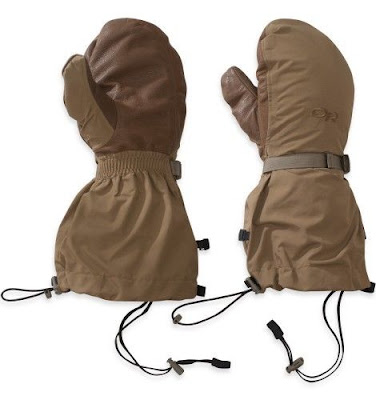
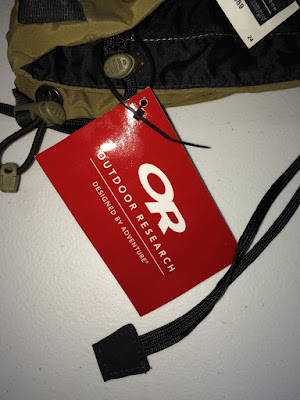
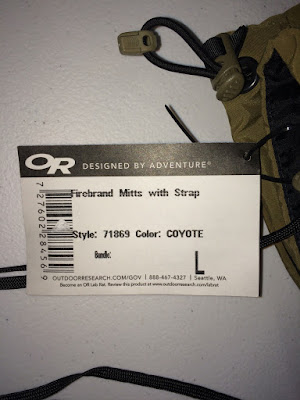
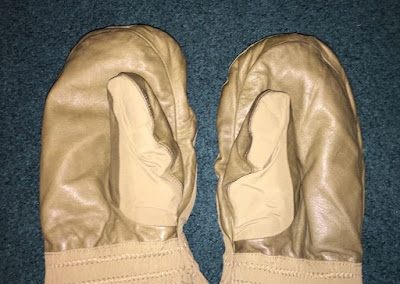
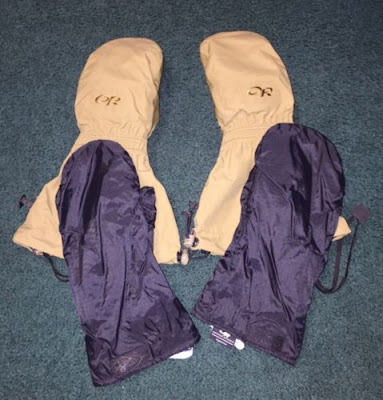



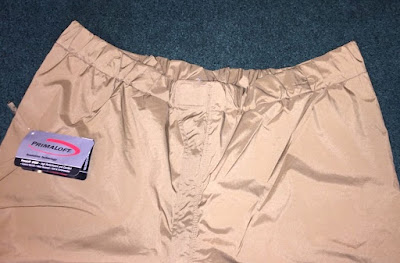

No comments:
Post a Comment